Choosing the right engine oil is important if you want to get the most out of your vehicle (or generator), extend its lifespan, and save yourself some money.
The problem is that things can get a little bit confusing – and especially when you head down to your local garage only to find that they have a random selection of oils available!
Don’t worry. Our team here at Generatorist has helped over 600,000 visitors find information about generators & engines and we will help you as well
In this post, we’re going to take a look at two commonly used engine oils to uncover the difference: 5W-30 vs 10W-30.
The main difference & quick comparison:
THE 5W30 OIL & ITS BENEFITS
The 5W30 oil – This oil is more “fluid” at lower temperatures, making the process of starting your cold engine much easier. It is recommended for use at -31°F up to 95°F / -35°C up to +35°C (outside temperature).
It’s more fuel-efficient, thins out more quickly at high temperatures and flows faster as well. It provides better lubrication than the 10W30 oil and is more suitable for private vehicles and smaller engines. Here are the top rated 5W-30 Oils on Amazon.
THE 10W30 OIL & ITS BENEFITS
The 10W30 oil – While still quite “fluid”, this oil is a little bit thicker at low temperatures than the 5W30 oil, making the process of starting your engine a little bit harder. It is recommended for use at -13°F up to 95°F / -25°C up to +35°C (outside temperature).
It’s thicker, less fuel-efficient and provides moderate lubrication of engine parts. Usually used by commercial vehicles with heavy load engines. Here are the top rated 10W-30 Oils on Amazon.
What is more, you can even use 5W30 oil instead of 10W30 in your generator or car engine, if needed. Both these types of oil have the same viscosity and this means that the oil will perform the precise same way once it reaches operating temperature and therefore can be used interchangeably.
5W30 oil might be a better choice during very cold months as it flows more easily in winter temperatures. This type of oil is more fuel-efficient as well when you compare it to the 10W30 oil.
After reading this guide, you’ll have a better understanding of how to choose between oils in general, and what all those letters and numbers mean for your engine!
5W30 vs 10W30
5
The first sequence of numbers (before W) refers to the viscosity of the oil at low temperatures.
W
The letter W refers to the word “winter” & is used to differentiate the oil’s viscosity at cold & hot temperatures.
30
Have you ever wondered about the difference between 5W30 and 10W30 oil? Essentially, this comes down to viscosity – which is the technical term for thickness. If 5W30 is soup, then 10W30 is that same soup with a bunch of thickening granules stirred in!
The technical explanation of what this means in real terms is that viscosity tells you how easy it is to pour the oil at low temperatures.
In other words, a nice thin oil will run like water, whereas something much thicker will gloop and stick to a spoon.
The lower the number, the more fluid the oil will be.
So a 0 will pour far more easily than a 5, and a 5 will pour more easily than a 10.
What does this mean? It tells you just how quickly the oil will reach the engine and internal components. Think of thick honey running through pipes versus running water – the water is, of course, going to travel around much more quickly.
So that explains the first number. FYI, here is a great resource where you can learn more about SAE Viscosity Grades for engine and gear oils according to the SAE standards J300 and J306. Check it out to discover the measurement data of engine oils over a wide temperature range.
What about the second number, the 30?
That tells you how thick the oil will be once it reaches higher temperatures or “operating temperatures.” In other words, heat causes the chemical composition of the oil to change, which in turn alters how it moves and travels.
This is important, seeing as the engine of your car or generator will be hot when in use.
This increased viscosity also means that the oil will become more sticky and therefore adhere to mechanical components better and lubricate them better.
This becomes even truer, as the amount of pressure and stress on the system increases.
The higher that second number, the better the oil can withstand high temperatures before it starts to thin out and become less useful. When oil becomes too thin, it can no longer offer benefit to your engine, as it will just “run-off” the components.
When Should You Use
When deciding which oil you should use, you should consider how quickly it flows. Remember: 10W30 is thicker when cool, meaning that it will move more slowly than 5W30 when you first start up your engine for the first time that day.
Seeing as both these types of oil have the same viscosity, that means that the oil will perform the precise same way once it reaches operating temperature.
For that reason then, where circumstances are otherwise the same, 5W30 oil will help your car start up faster.
That said, if the oil viscosity is too low, this can cause it to fly off the engine components and thereby allow metal-to-metal contact, reducing the lifespan of your engine.
If you want to do the very best you can to extend the lifespan of your vehicle (or your generator), choosing the oil with the thickest viscosity will always be the smartest choice.
But there are caveats. 5W30 might be a better choice during very cold months. Warmer regions are safer to use the thicker 10W30. And if it gets even higher, then you can consider using something like 15W40.
Just take a look at the following table to get a clearer picture of which oil you should use when it is cold outside and which one is better to use on warm summer days:
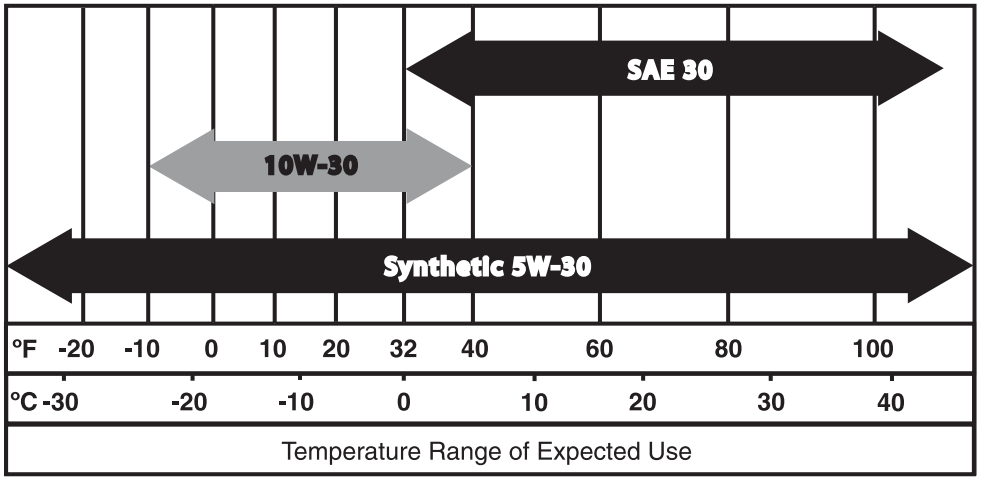
What you might not realize, is that the “W” here actually stands for “Winter.” The oil that has a thinner viscosity when cold is better suited to use in low temperatures.
That said, most car and generator manufacturers will provide information regarding the best type of oil to use, and these will let you know the range that is safe for you to put into your engine.
This will not only ensure that the engine gets the best protection for long-term performance, but should also optimize for the fuel economy ensuring that you can go further before running low.
According to the experts from Generac, you should keep these recommendations in mind when buying oil for your generator:
Above 32°F (0°C), use SAE 30. Below 40°F (4.4°C) and down to -10°F (-23°C), use 10W-30. Synthetic 5W-30 can be used in all temperatures. Oil should be changed after the first 20-30 hours of operation and every 100 hours of run time thereafter.
Just remember: Always use the weight of oil that is recommended, and you will have a few issues.
We’ve compiled everything you need to know to choose the best oil for your generator, including what to watch out for when making your purchase.
In our guide, you’ll find information on different types of oils, such as conventional, synthetic, and blend options. We also provide guidance on choosing the right viscosity and how to check your oil level.
Mineral vs Synthetic
Another consideration when choosing your oil is whether to use synthetic oil or regular motor oil. So what is the difference here?
Mineral oil is also sometimes referred to as “conventional oil.” This is the way oil has been made for a long time, and is produced by using natural resources (crude oil, which is made from minerals.)
Synthetic oil works slightly differently, however.
This is made artificially using chemical compounds – though in some cases a conventional crude oil may be used first as a base.
Synthetic oils, therefore contain several additives and chemicals that make them distinct from regular oils. The types of these additives and their quantities however are what ultimately determine how it performs.
For instance, conditioners can be used to support neoprene oil seals.
What’s more, is that synthetic oils can help to prevent freezing, while also maintaining the chemical structure of the oil at higher temperatures. In other words, synthetic oil does good for your engine!
HERE ARE THE BENEFITS OF SYNTHETIC OILS:
- Superior performance in extreme temperatures
- Longer service life & extended oil change intervals
- Better resistance to oxidation, thickening, and deposits
- Improved wear protection for engine components
- Higher resistance to thermal and oxidative breakdown
- Improved fuel economy & reduced emissions
You will still find that synthetic oil is graded in the same way, so you still need to consider the temperatures and manufacturers’ recommendations.
Note as well, that synthetic oil is more expensive to purchase, but will typically last a lot longer.
In some cases, synthetic oil may last 2-3 times longer than conventional oil, making it a savvy investment in the long run. Here is one from Amazon that has over 24,840+ positive ratings, feel free to check it out.
Some vehicles – such as Mercedes-Benz – specifically ask that drivers use synthetic oils. Again: follow the directions in your manual!
SYNTHETIC OIL AND YOUR GENERATOR:
Using synthetic oil is safe for your generator. In the past, there were some issues with overheating in small engines when they were first introduced. Nowadays they are completely safe.
For example, the most popular manufacturer of generators – Honda, offers this advice:
“Honda engines are developed, tested and certified with petroleum based motor oils as a lubricant. Synthetic oils may be used; however, any motor oil used in our engines must meet all oil requirements as stated in the owner’s manual.
In addition, recommended oil change intervals must be followed.”
Choosing the best oil for your generator?
Can You Mix 5W30 & 10W30 Oil?
One question many people have about engine oil is whether it is safe to mix different grades. The short answer is: yes! It will work just fine, and won’t cause any harm to your vehicle (or your generator).
Chances are that you already mix engine oils regularly without realizing it. After all, when your engine oil is running low, you don’t wait for it to become empty before filling it up!
Even if you did, the old oil would still be coating the internal mechanisms of your engine.
Seeing as the main difference between 5W30 and 10W30 is the viscosity, this will not cause any huge difference to your vehicle’s or your generator’s performance.
One type will reach the engine slightly quicker, while the other type will become more viscous.
That said, you may find that this reduces the economy and longevity of your engine ever so slightly if you do it regularly: after all, you will be getting the downsides of both types of oil. You should also be wary about mixing synthetic and regular oil.
According to the car experts from TiresPlus.com, it’s OK to mix synthetic oil with regular oil:
“Since motor oils are generally made from the same ingredients (base oil and additives), they are typically compatible when mixed. The American Petroleum Industry actually requires that all motor oil made in the U.S. be compatible with one another.”
So limit the mixing to oil changes and emergencies – but don’t lose any sleep over it!
Conclusion
Hopefully, you now have a good idea of the difference between 5W30 oil and 10W30 oil. These are very much interchangeable oil types, where the primary difference is the viscosity during cold weather and standard operation.
More viscosity is a good thing as it coats the mechanical parts of your engine more thoroughly to aid lubrication and prevent metal-on-metal friction.
When this number gets too low, it can prevent the parts from being properly coated: the oil may simply get propelled off the engine, leaving the parts effectively “naked.”
At the same time though, too much viscosity can cause your engine to experience drag. This can slow things down and may cause issues in the long term.
Your car (or your generator) owner’s manual should let you know the best type of oil for your vehicle, and simply following those guidelines will usually ensure the best possible outcomes.
Then you need to choose between mineral and synthetic oil.
Whereas mineral oil is natural and more affordable, synthetic oil benefits from additives designed to protect your engine and provide more chemical stability. On balance, synthetic oil is normally preferable and will let your engine run for much longer.
Ultimately though, 5W30 or 10W30 are fine in most cases, for most vehicles and generators. Likewise, you’ll often find that using either mineral or synthetic oil is fine. You can even mix the two!
Let’s sum up the difference once again:
THE 5W30 OIL & ITS BENEFITS
The 5W30 oil – This oil is more “fluid” at lower temperatures, making the process of starting your cold engine much easier. It is recommended for use at -31°F up to 95°F / -35°C up to +35°C (outside temperature).
It’s more fuel-efficient, thins out more quickly at high temperatures and flows faster as well. It provides better lubrication than the 10W30 oil and is more suitable for private vehicles and smaller engines. Here are the top rated 5W-30 Oils on Amazon.
THE 10W30 OIL & ITS BENEFITS
The 10W30 oil – While still quite “fluid”, this oil is a little bit thicker at low temperatures than the 5W30 oil, making the process of starting your engine a little bit harder. It is recommended for use at -13°F up to 95°F / -25°C up to +35°C (outside temperature).
It’s thicker, less fuel-efficient and provides moderate lubrication of engine parts. Usually used by commercial vehicles with heavy load engines. Here are the top rated 10W-30 Oils on Amazon.
One of the biggest take homes is not to stress when choosing oil: and if there’s only one type available in your garage, either will usually work well.
Check the manual that came with your vehicle or generator, and you can’t go wrong.
Hopefully though, understanding the differences between these types of oil has helped you better understand your choices, and thereby buy with more confidence and awareness in the future.
Further resources:
- Choosing the Best Oil for Your Generator
- 5W20 vs 5W30 Oil: What’s the Difference?
- SAE 30 vs 10W30: The Pros & Cons of Both Oils for Lawn Mower or Generator
- The Best Motor Oil in Every Category
- Top 10 Best Synthetic Oil Products You Can Buy
- How to Change Oil in a Generator
- How to Easily Tune Up Your Generator
About Generatorist

Matthew Gerther
Founder, Generator enthusiast
Our aim here at the Generatorist is to become the No. 1 resource for all things related to generators & your power needs. We have helped over 600,000 visitors with our tips, articles and reviews and we will help you as well.
Our work has been featured in many publications around the world – Yahoo.com, Telegram.com, PaylessPower.com, PopSci.com, TopTenReviews.com, TechRepublic.com, iRV2.com, ThePrepared.com, Renogy.com or ADT Solar. Generators are our passion, and we strive to provide the most reliable & most comprehensive information out there.

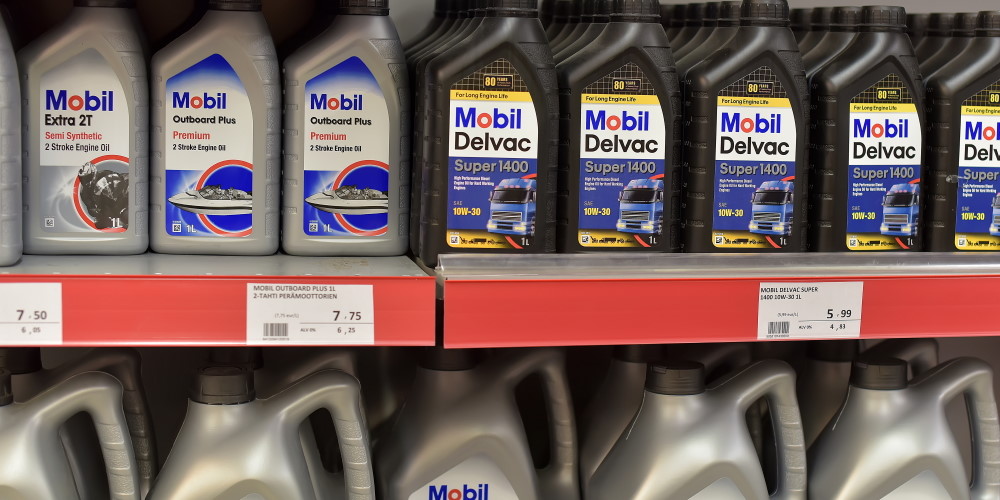

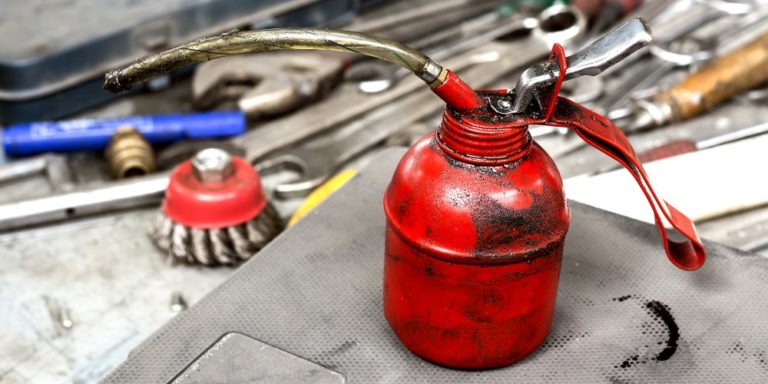

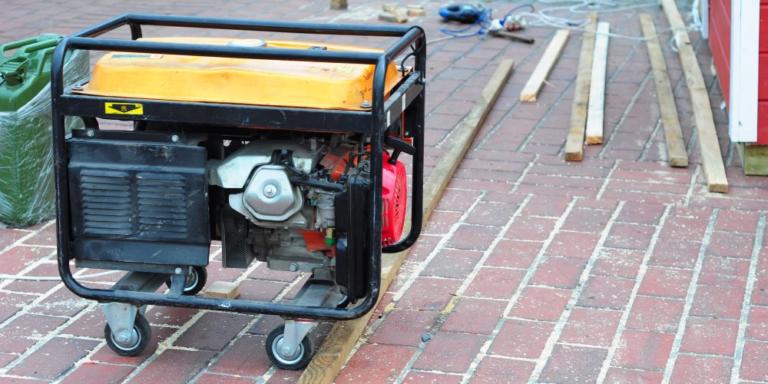
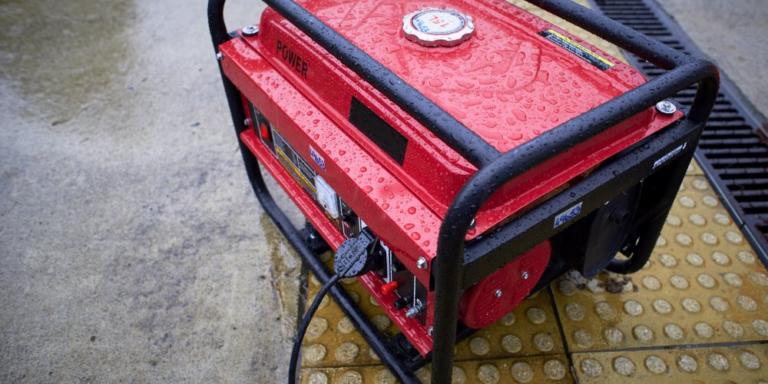
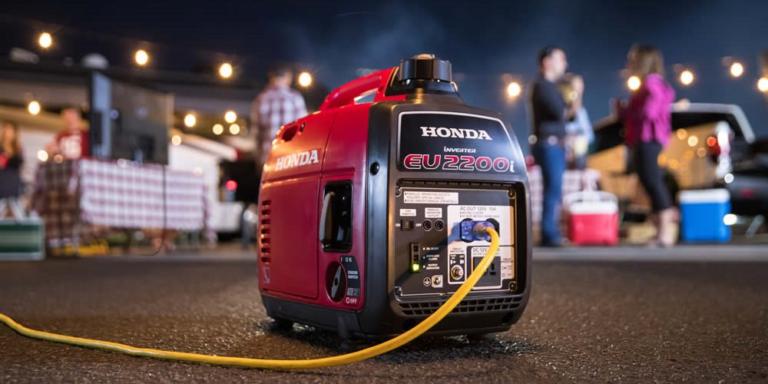
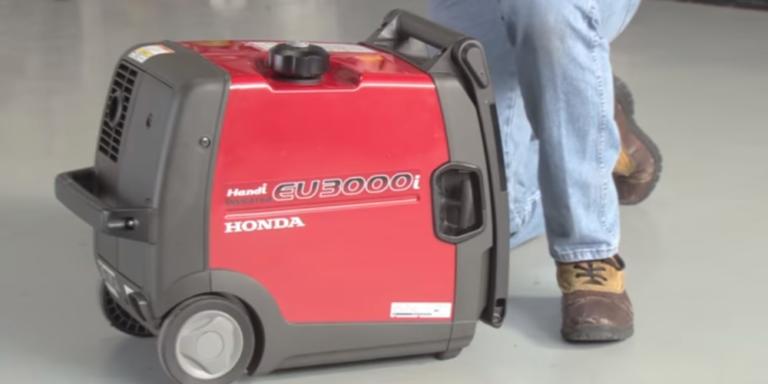


2 thoughts on “5W30 vs 10W30 Oil: What’s the Difference? Shopping Guide & Tips”
90% of all info on motor oil on the web is wrong. The forums are merely full of idiots that have never turned a wrench and 9 year olds on mommy’s computer. The FACT is ALL multi weight oils are a COMPROMISE between convenience and performance.
Straight weight oils provide the best performance but you need to have the common sense to use a summer weight and a winter weight so things like power steering, power brakes, automatic transmissions, and multi weight oils were created for WOMEN drivers which EVERYBODY seems to have become today.
And the wider the viscosity range of the oil the more easily it breaks down so you should always use the narrowest range oil to avoid shear down and engine wear.
As it has ALWAYS been and continues to be around the world, you must use the viscosity that is best for YOUR climate and YOUR driving style NOT what it says on the filler cap, in the manual, or what a 9 year old keyboard commando says on a fake forum.
If it’s winter time in Siberia then a 0w-20 or 5w-20 may be best but if you live in the United States running that thin oil in the summer WILL damage your engine and cause oil burning.
People in Florida may need to run a 10w-30 or even a 5w-40 oil.
People in the desert regions may need 10w-40 or 15w-40 for their triple digit summer heat.
People in the middle east, India, and Australia need to run a 15w-40 or 20w-50.
The reason 90% of all cars on the road today are having cam lobes, and lifters destroyed is because they are using sub zero arctic temperature oil in the summer.
The combination of garbage Chinese steel and Chinese bearings has made it more important than ever to change your oil MORE often not less and use THICKER oil not thinner.
Previous poster, David Cooper; wow, what an ignorant person.
Not everybody is a woman. Nor is there anything wrong with being a woman.
Not all cam lobes are “cheap chinese” steel.
In an air-cooled engine of the displacements used in homeowner gensets, the following 2 oil viscosities are the most practical:
• SAE30 (summer)
• 10W30 (winter)
Stick to “conventional” (dino) oil. It is cheaper, and all you need. It is what Honda specs, because they design & test using this type of oil.
Synthetic oil is great for automobiles, routinely driven across all seasons, who need quick flow to overhead cams in the winter, and frequent starts in 234 F summer underhood temps.
Generators use “splash” oiling. Honda owners’ manuals state to change the oil after 20-30 hours (initial run). Then either every 100 hrs (camping/RV use), or after each homeowner emergency event. So the benefits of synthetics aren’t really realized when used in generators.
And all this info is readily available in your owners manual. Become informed. Read.